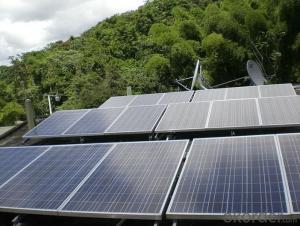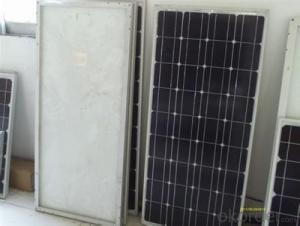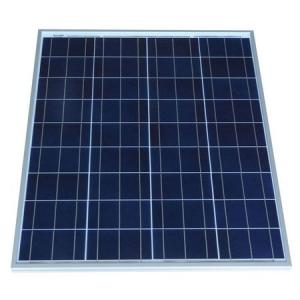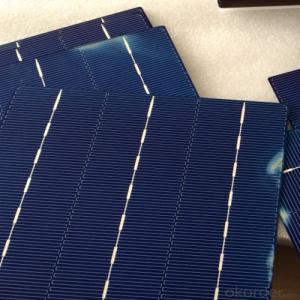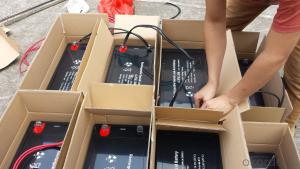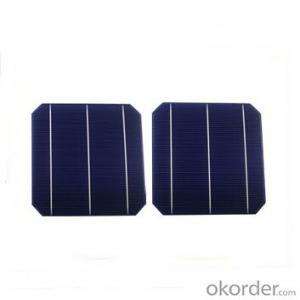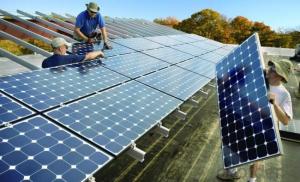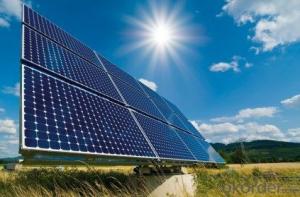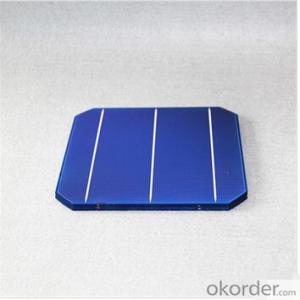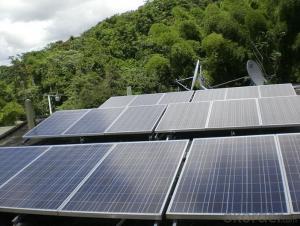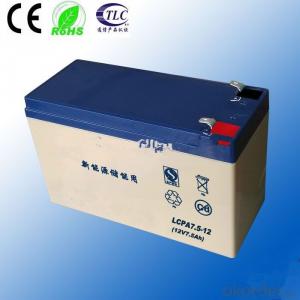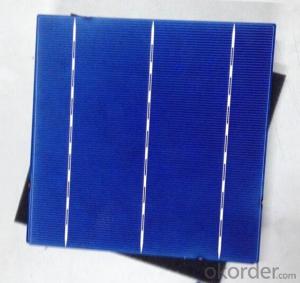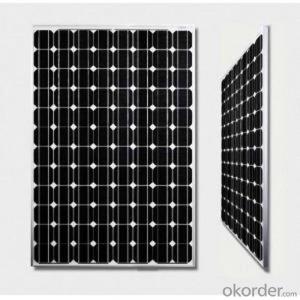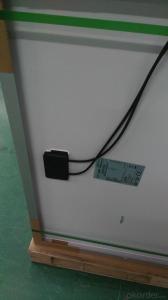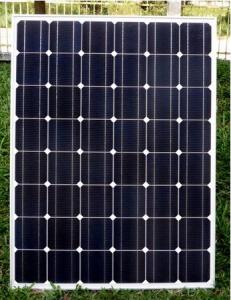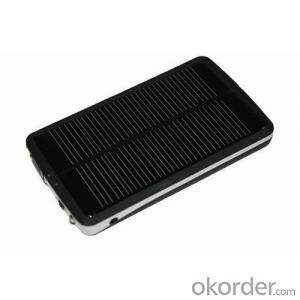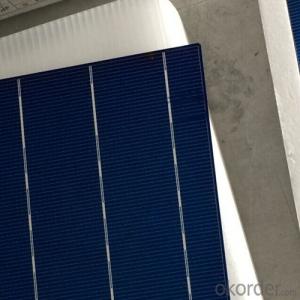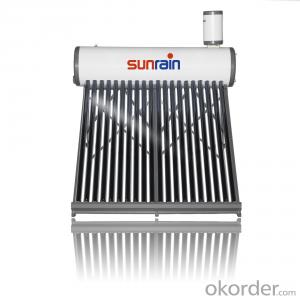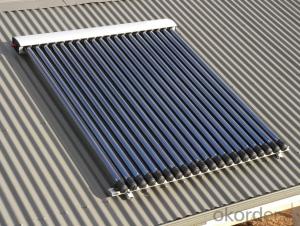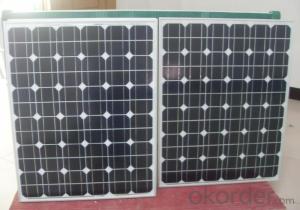Buy Broken Solar Cells
Buy Broken Solar Cells Related Searches
Broken Solar Cells For Sale Buy Solar Cells Broken Solar Cells Buy Cheap Solar Cells Buy Loose Solar Cells Purchase Solar Cells Cheap Solar Cells For Sale Buy Small Solar Cells Buy Organic Solar Cells Buy Solar Cells Wholesale Buy Solar Panel Cells Cracked Solar Cells Buy Solar Cells In Bulk Buy Solar Cells Online Bulk Solar Cells For Sale Printed Solar Cells For Sale Cheap Solar Cells Buying Solar Cells Wholesale Buy Thin Film Solar Cells Low Cost Solar Cells Broken Solar Inverter Best Solar Cells To Buy Best Place To Buy Solar Cells Photoelectric Cells For Sale Buy Flexible Solar Cells Affordable Solar Cells Flexible Solar Cells For Sale Buy Solar Cells From China Full Tabbed Solar Cells Broken Solar Chips For SaleBuy Broken Solar Cells Supplier & Manufacturer from China
Buy Broken Solar Cells, a product category that encompasses a variety of damaged or non-functional solar panels, offers an alternative solution for those seeking to utilize solar energy in a cost-effective manner. These broken solar cells, despite their imperfections, can still be used in various applications such as research, education, or even as a source of power for small-scale projects. The usage scenarios for these broken solar cells are diverse, ranging from testing and development purposes to serving as a power source for remote areas where access to electricity is limited.Okorder.com, a leading wholesale supplier, boasts a large inventory of Buy Broken Solar Cells, making it a reliable source for those in need of such products. By offering these solar cells at a lower cost, Okorder.com enables customers to access solar energy solutions without breaking the bank. This makes it an attractive option for businesses and individuals alike who are looking to maximize their energy efficiency while minimizing their environmental impact.
Hot Products




